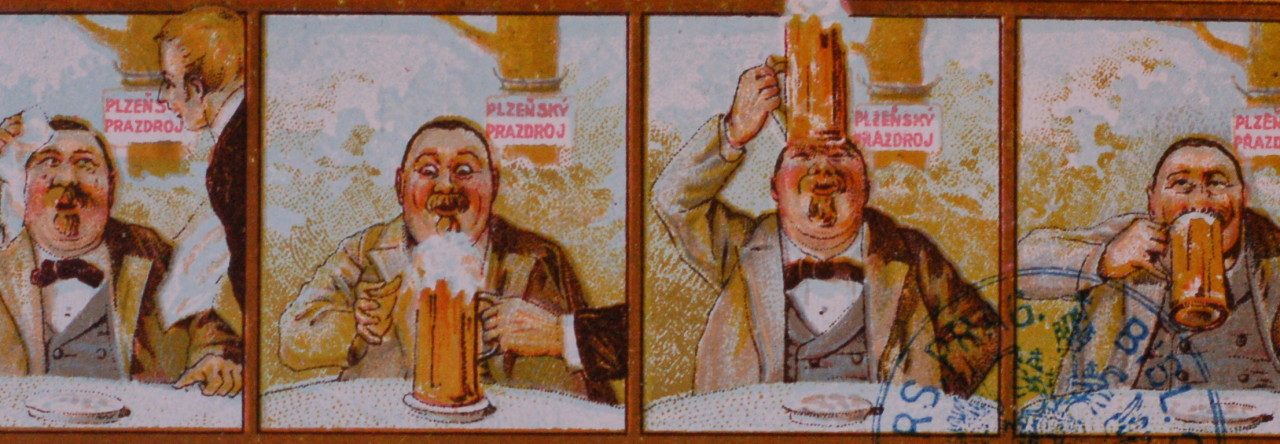
I have a story about new restaurants in Vienna in this weekend’s NYT. This is another Choice Tables feature, not a beer story, but I had to include the very good Rotes Zwickl from Ottakringer, which I liked a lot as the house beer at the excellent restaurant Österreicher im MAK (whose taps are pictured above). In the story, I wrote that this is one of the few beers in Vienna to come close to the nearly extinct Vienna lager style. Before any BJCP-style-guidelines-citing readers comment that a red Zwickl isn’t anything like Vienna lager, I’ll quickly link to Conrad Seidl’s piece on a real Vienna lager from Brauerei Villach, in which he writes (my translation):
“…but in Vienna, the local beer style was no more. Of Austrian beers, Hadmar (Bierwerkstatt Weitra) and the Rotes Zwickl from Ottakringer came the closest.”
What is interesting about the Vienna lager style is that, after it died out at home, related beers continued to exist in a couple of places: Mexico, for one, and in the Czech lands. (As Ron Pattinson wrote, “Vienna lagers aren’t dead: they’ve just moved over the border.”) In fact, this is one of the four current Czech beer trends I mentioned in The Truth about Budvar and in a post on Prague’s newest brewpub, Bašta.
Nope, those beers aren’t dead. They’re absolutely thriving here.












